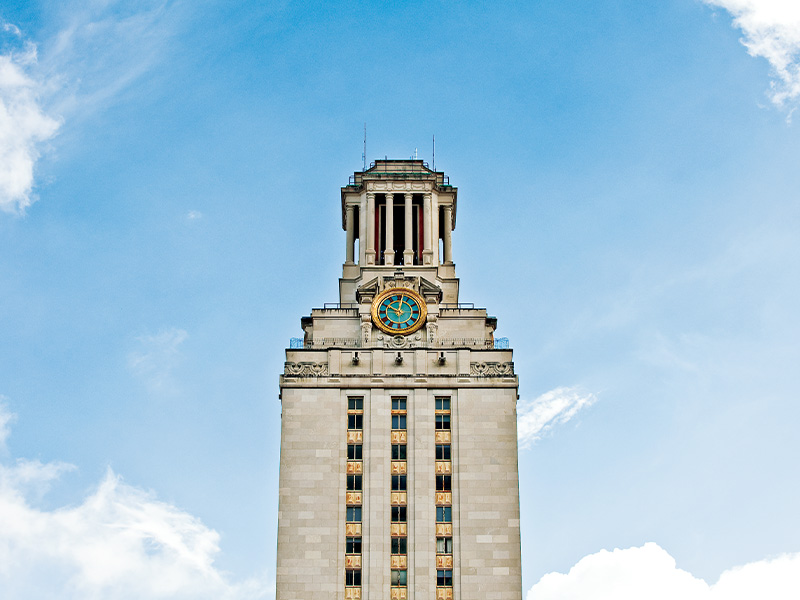Congressman Smith Announces $1.2 Million Appropriation, Tours University’s Wireless Research Lab Involved in Project

U.S. Rep. Lamar Smith toured The University of Texas at Austin’s wireless research lab recently while announcing he obtained a $1.2 million appropriation for electrical engineers to create advanced wireless communication devices for military use.
The Defense Appropriations Bill, which the U.S. House of Representatives passed with funds directed toward developing advanced broadband wireless integrated circuits at the University, contained the funds requested by Smith.
“This grant, as well as other support we have received, will help Austin move from being the Silicon Hills to the Silicon Mountains in wireless technology,” said Tony Ambler, chairman of the Department of Electrical and Computer Engineering, “that’s how important it is.”
The research will be led by Ted Rappaport, the founder of the Wireless Networking Communications Group (WNCG) lab that Smith toured. Rappaport will collaborate with Sriram Vishwanath from the WNCG, Jacob Abraham and Ranjit Gharpurey, circuits experts from the University’s Computer Engineering Research Center (CERC).
Guiding Smith on the WNCG tour were: Steven Leslie, executive vice president and provost at the University; Tony Ambler from the department in the Cockrell School of Engineering; and Jeff Andrews, the WNCG director.
“This grant will encourage novel interdisciplinary research between the wireless and circuits research centers at the University,” Andrews said, “and help the electrical and computer engineering department be at the forefront of developing integrated circuits capable of a 10-fold higher data rate than the best current circuits.”
Andrews noted that, in addition to being useful for military communications, these circuits could lead to new commercial chips that impact cell phones and other current devices, and foster new products that include wireless video/TV screens and high-definition video systems for homes.
The $1.2 million will fund the first year of what might become a three-year project supported by federal and private sources. Initial funds will primarily cover salaries for faculty and 15 students to streamline a prototype Ultra Wide Band wireless device.
“Researchers from multiple disciplines will now be able to work together to completely transform the domain of wireless communications by improving the performance of wireless systems, “Vishwanath said, “taking them to the next level.”
Companies with an interest in broadband wireless will provide student educational opportunities and other support for the wireless research. Support has also come from the Army Research Laboratories in Bethesda, Md., which provided $919,000 in 2005 for equipment that will benefit the project.
The following faculty members hold named professorships in engineering: Jacob Abraham, the Cockrell Family Regents Chair in Engineering No. 8; Tony Ambler, the B.N. Gafford Professorship in Electrical Engineering; Jeff Andrews, the Earl N. & Margaret Brasfield Endowed Faculty Fellowship in Engineering; and Ted Rappaport, the William and Bettye Nowlin Chair in Engineering.
